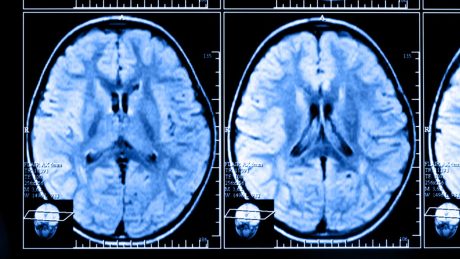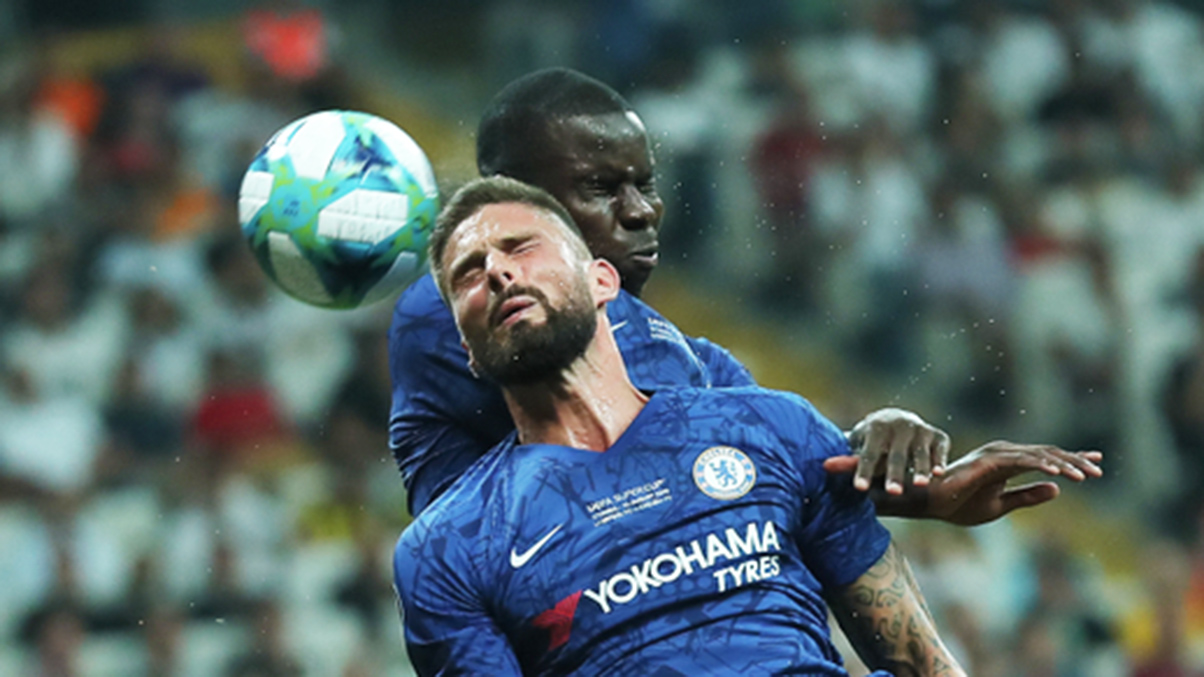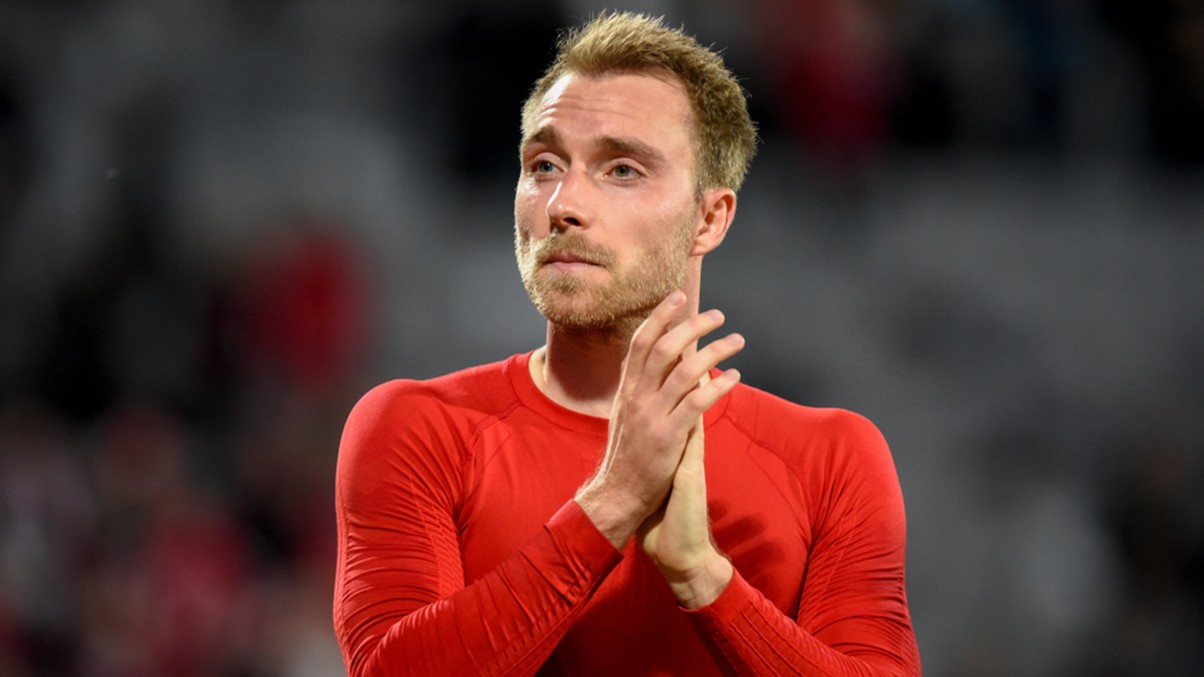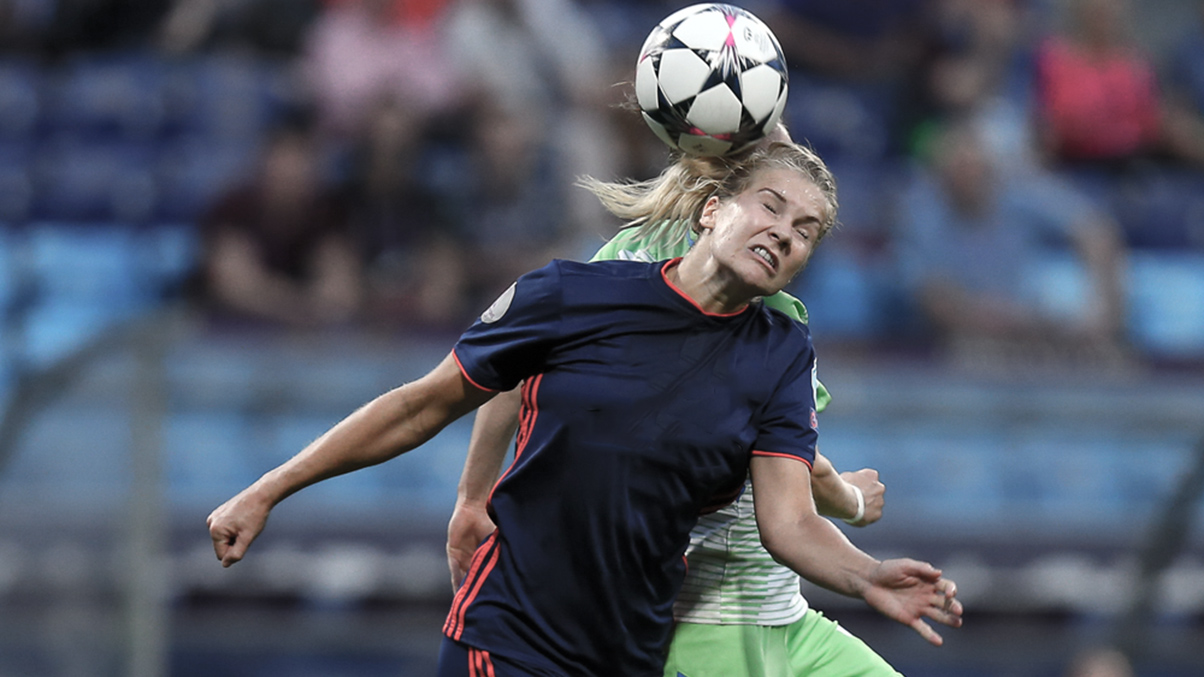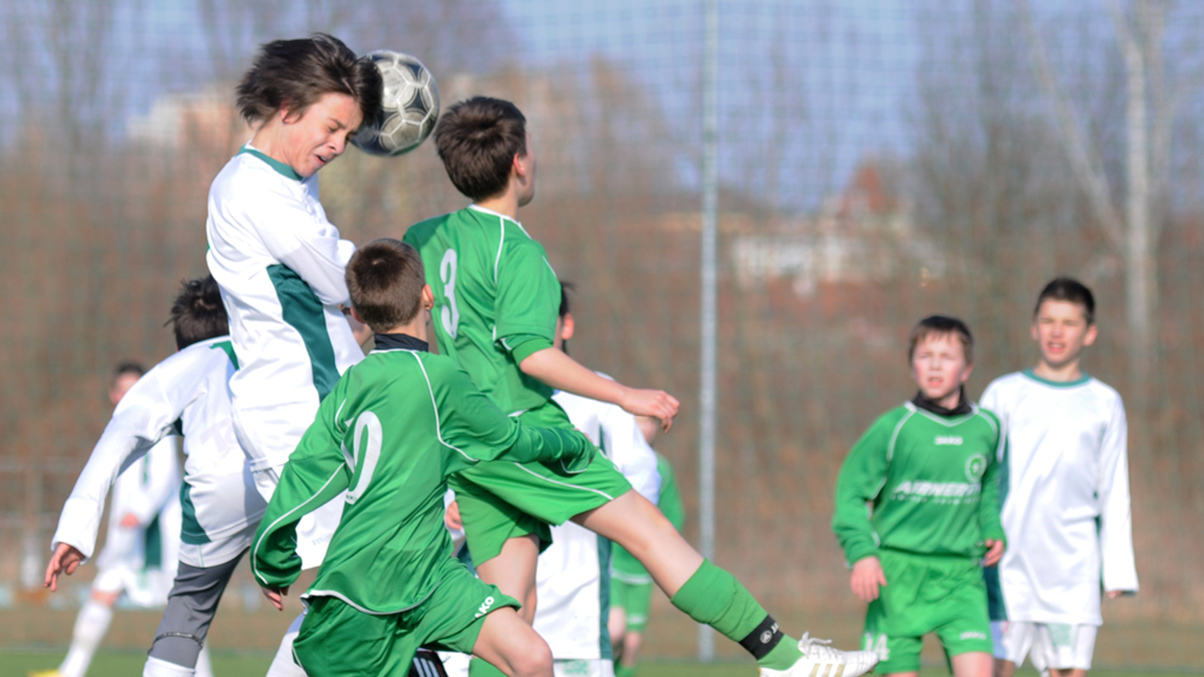This year has been one of change for the football industry following long-overdue calls to tackle the risk of dementia for footballers.
Barrington Atkins, a senior associate, who leads the Sports Injury team, and Trainee Georgina Hayward look at the recent changes implemented by football authorities and others, and discuss whether they go far enough to protect current and future players against the risks of brain injury.
What are the statistics?
Dementia is a neurodegenerative disease defined as a chronic or persistent disorder of the mental processes caused by brain disease or injury and marked by memory disorders, personality changes and impaired reasoning.
In 2019, a landmark FIELD study conducted by Professor Willie Stewart, consultant neuropathologist, looked into the alleged link between repeated head traumas and a diagnosis of neurodegenerative disease, specifically in sportspeople. One reason for the initiation of the study was the rising concern about the alleged link between head contact in football and the premature death of former football players, including five members of England’s 1966 World Cup team. The study exposed some staggering figures. It found that ex-football players were five times more likely to develop a type of dementia, namely Alzheimer’s Disease, and had approximately a three and a half times higher death rate due to neurodegenerative disease than the general population.
The findings of the study, coupled with the announcement of several high-profile dementia cases in sports, including Sir Bobby Charlton, led to an outcry for change to protect past, present and future players. This outcry intensified in October 2021 when Sportsmail uncovered that FIFA (the International Federation of Association Football) was aware of the alleged link between football and brain damage in 1984, following the publication of an article in the FIFA magazine. The article titled How Dangerous Is Heading? was presented to the FIFA Medical Committee at a meeting on 26 October 1984.
What changes have been made in relation to heading guidance?
As a professional footballer, a player can expect to play dozens of games per season with intense weekly training regimes, normally five to six sessions per week. If one considers the number of direct head contacts a player, particularly a defender, has with the ball during both games and training, it is not surprising that footballers are deemed at a greater risk of developing neurodegenerative disease than the general public. That is why football authorities, charities and organisations have implemented changes within the profession to protect players in the past couple of years. Some examples include:
Professional Footballers’ Association (the PFA)
In February 2020, the PFA further updated its heading guidance for under-18 players:
- No heading in training in the foundation phase (primary school children)
- A graduated approach to heading for children in the development phase, including those playing in under-12 to under-16 teams
- Reduction of under-18 heading drills to take into consideration the heading exposure in matches
- The lowest pressure should be used when inflating footballs for both training and games
The Football Association (the FA)
During the summer of 2021, the FA announced that from the start of the 2021/2022 season, English football will introduce heading guidance across all levels of professional and amateur football, with a particular focus on training sessions. This guidance has been agreed with the PFA and will apply to all football clubs in the football league system, both men’s and women’s. That guidance recommends:
- a maximum of 10 higher force headers are carried out in any training week. A higher force header includes those following a long pass (more than 35m) and those from crosses, corners, and free kicks
- players practise technique using thrown passes, as it is suggested that this leads to lower peak accelerations
- clubs develop player profiles that take into account gender, age, position, the number of headers per match and the nature of these headers
- club staff work with players following each match to ensure players have adequate recovery time following heading exposure
Other progress in 2021
Aside from heading guidance, the past 12 months have seen other welcomed changes in the football industry in relation to the interplay between professional football and dementia. Some examples of changes being implemented by football authorities and clubs include:
- The FA and PFA have provided further funding for independent research into the links between dementia and football.
- The football industry is trialling permanent concussion substitutions.
- The PFA has appointed a dedicated dementia team to work with, promote and financially assist Alzheimer’s Society’s ‘Sport United Against Dementia’ campaign and Dementia Connect Support Line.
- The PFA has created a dedicated dementia department to work with families and carers.
- The PFA has appointed ‘Family Advisors’ to build a network to support families and carers of former professional footballers living with dementia. Dawn Astle, daughter of former professional footballer Jeff Astle and Founder of the Jeff Astle Foundation, has joined the PFA as a Family Advisor to offer support and guidance following her lived experience of caring for her father, who developed dementia and sadly passed away in 2002.
- The FA and the PFA have been working with organisations such as Head for Change to raise awareness and action change. For example, in September 2021, the first adult 11-a-side football match with heading restrictions took place between Spennymoor Town and Team Solon to raise awareness of the risk of dementia in players. In the first half, players were only allowed to head the ball inside the 18-yard box. In the second half, heading the ball was banned anywhere on the field.
Alzheimer’s Research UK and the Health Policy Partnership, a consultancy that focuses on health policy research, are about to embark on a six-month review into the links between sports and dementia. It is hoped this will educate the sports industry and pave the way for further action to reduce future cases of neurodegenerative disease.
Dawn Astle says:
“Any announcement from the footballing authorities, whether it be stopping young children from heading the ball, limiting the amount of high force heading for our professional players in training or new research projects will always be welcome. The question will be whether or not it is enough.”
“This is not job done, this is where the hard works really starts. We need to make sure all the stakeholders in the game are made accountable. Players across all levels of the game need to be educated quickly. Make no mistake, the dementia crisis belongs to all of football.”
“The issue has grown from a flickering ember to a raging fire. I assumed incorrectly that when my lovely Dad died as a result of the repeated heading of footballs during his playing career, it would be a defining moment, and the sport would react with vigour to both protect future generations and help our past heroes who were dying and whose families were often facing collapse. I was wrong.”
“I’m really proud that although dementia robbed my Dad of his life, far too soon, it gave us, his family, the strength and the ability to start the discussions around dementia in the game, to educate about the dangers of short term and long term brain trauma and to impact paramount sports medicine and player welfare.”
What else can be done by football authorities?
High force headers
While it is encouraging to see changes being made in relation to headers, those campaigning for further change have argued that it is not only high force headers that cause harm but any header, whatever the level of force. In those campaigners’ view, there needs to be a shift away from focusing solely on high force headers towards a focus on the impact of all headers.
Temporary concussion substitutions
Despite the changes detailed above, football authorities can do more to protect players both now and in the future. Recently, there have been calls to the IFAB (International Football Association Board) for the implementation of temporary concussion substitutions. This would allow a club’s medical team appropriate time to assess a player suspected of experiencing concussion and make an informed decision as to whether that player should return to the game. The apparent issue with permanent substitutions is that a player may feel pressure not to abandon the game despite experiencing a serious injury. Better communication is required between a player’s treatment team when a brain injury is suspected, with appropriate medical intervention and aftercare.
What happens if further change is not forthcoming?
Barrington comments:
“It is astounding to see that FIFA was aware of the risk of heading footballs in 1984, and yet we are still having the same conversation in 2021. It has been 37 years since FIFA published its article, and this is evidence that historically, there has been a slow uptake by the football industry to acknowledge the established links between brain damage and repeated contact through headers. Despite this, the past one to two years has seen some welcomed changes within the football industry in relation to dementia and other neurodegenerative diseases. There appears to be an acknowledgement of some sort that the onus is on governing bodies and clubs (not the player) to have appropriate safeguarding measures in place to protect players.”
“Nonetheless, there are still hurdles to climb if football is to reach a place where players are shielded from the dangers of the game. If players are to be protected, the football industry must continue to implement change and ensure that guidance is followed by clubs. For example, while the creation of heading guidance by the FA and PFA is welcomed, it is essential this guidance is implemented and monitored appropriately. I say this because if clubs and organisations fail to follow guidance and protect players, they are exposing themselves to the risk of high-value litigation claims brought by injured players.”
“Ultimately, it is imperative that a healthy balance is struck between the benefits of the game on the one hand and the risks on the other. The football industry must continue to combat the game’s alleged contribution to the overall risk of a player developing dementia or other neurodegenerative disease through protection, education, training and communication.”
You can find further information regarding our expertise, experience and team on our Football Injuries, Sports Injury, Personal Injury and Clinical Negligence pages.
If you require assistance from our team, please contact us.
Subscribe – In order to receive our news straight to your inbox, subscribe here.

